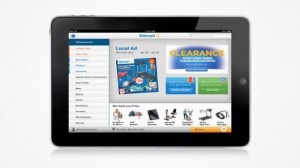Small businesses are relying increasingly on mobile devices due to the wide array of work apps on the market. Some organizations use Bring Your Own Device (BYOD) policies, allowing workers to use their personal technology for work purposes. Other organizations prefer to keep their data and hardware in house. Both options present a variety of challenges to companies that are trying to protect their data while maintaining a budget. Here are four considerations to make before your move forward with your data management strategies.
Business Cellular Plans
If you’re planning to provide employees with separate work phones, then compare prices with local carriers regarding business lines. These cellular plans are set up exclusively for organizations, rather than individual consumers. Quite often, one or two employees are designated line administrators, who are responsible for adding, removing, and editing phone lines and services. This keeps all of your cellular communications in house, so that you don’t need to worry about confusing or conflicting billing processes.
Mobile Device Management (MDM)
Companies that rely on in-house technology should explore MDM software solutions. This allows IT professionals to quickly image mobile technology and load content onto your work devices. For example, if you need to deploy a training manual to 50 employees who are working in a variety of locations, your IT department can push this information out to all of the devices using MDM software. This ensures that everyone is on the same page, with uniform access to mobile data resources.
Set Ground Rules
Whether your company is using BYOD or in-house strategies, your IT department should create clear ground rules for mobile device usage and company data. Accidental or intentional data leaks can cost your businesses hundreds of dollars and create risk to clients, if their confidential information is lost. IT departments should set data access rules such as passcode requirements and logout practices.
Watch for Updates
Keep an eye out for the hottest new smartphones and upgrade your in-house technology accordingly. Current smartphone hardware and operating systems can protect you against the latest threats to your data, such as viruses and hacking attempts.
Having a clear cut mobile data strategy can help your company excel in the long run. Protect the confidential data of your organization and clients by exploring business cellular plans, using MDM software, setting IT ground rules, and keeping your devices updated. These best practices can go a long way in securing your company data.
